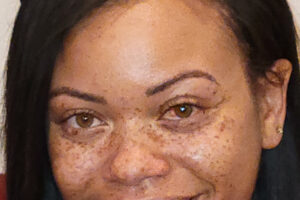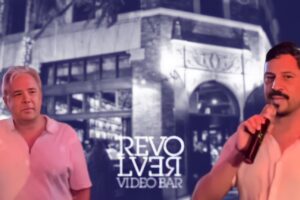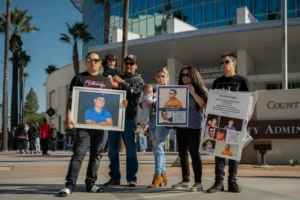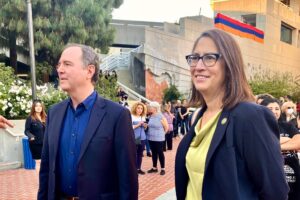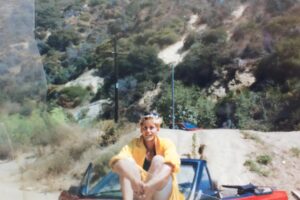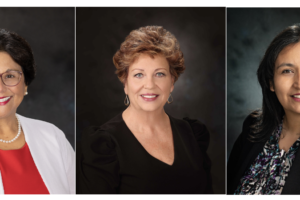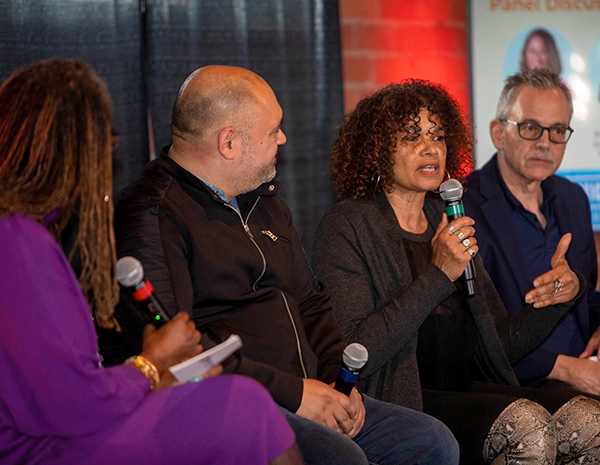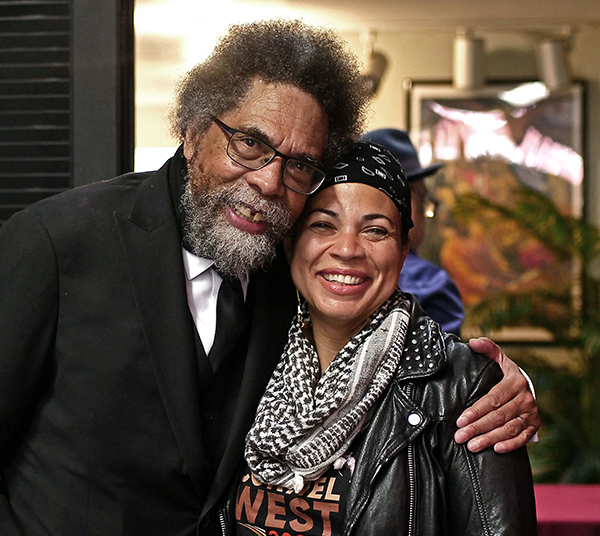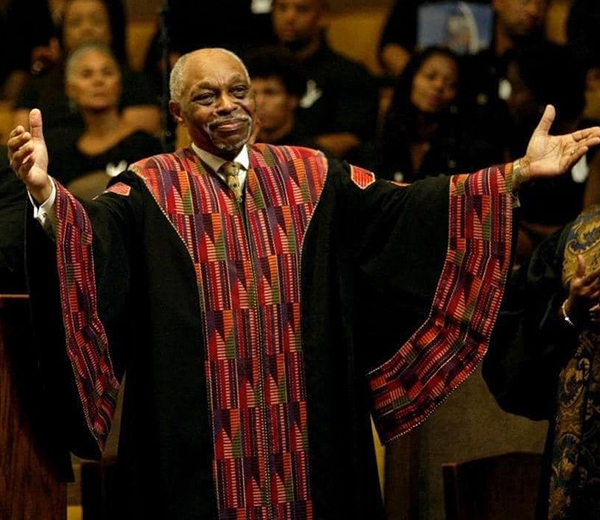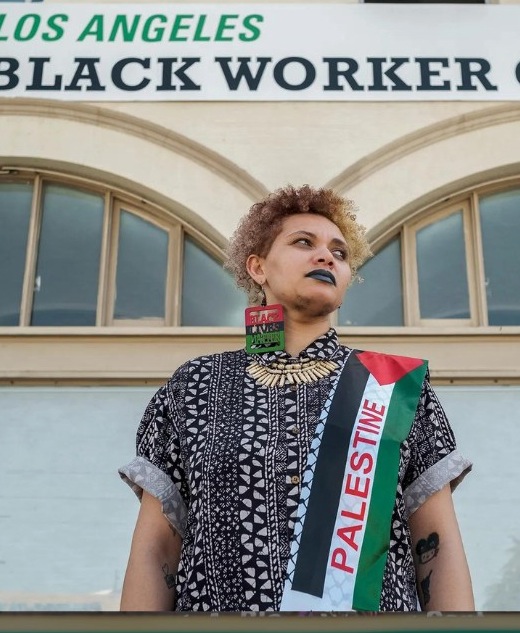By Shirley Hawkins
Contributing Writer
SOUTH LOS ANGELES — When Holly Mitchell was elected to the county Board of Supervisors in 2020, she knew that she would be representing one of the most diverse populations in the county.
Her 2nd District ranges from the South Bay cities of Hermosa Beach, Redondo Beach and Manhattan Beach to Koreatown, Compton, Carson, South Los Angeles, Inglewood, Gardena and Hawthorne.
To bring those diverse communities together, Mitchell founded the Racial Justice Learning Exchange in 2022, a monthly discussion forum that brings residents and civic and community leaders together to learn about and celebrate Southern California’s diversity, confront implicit biases and inspire steps to eliminate structural racism.
“I wanted the Racial Justice Learning Exchange to give people a venue to express their views,” said Mitchell, who said the exchange has helped to bring about understanding among different racial groups.
Meetings have been held in Koreatown and Manhattan Beach and more are planned throughout the district in the coming months.
“Each meeting has been a learning experience,” said Mitchell, a third-generation Angeleno whose family has deep roots in South Los Angeles.
“I saw that geography trumps ethnicity when I was watching the procession of Nipsey Hussle’s funeral,” Mitchell said. “As I surveyed the crowd, I saw that there were more Latinos there than Blacks. That was an ah-ha moment for me.”
Dozens of constituents attended the most recent Racial Justice Learning Exchange held at The Connect in Hyde Park March 22. The topic of that night’s forum was “Pride in Place: Identity, Solidarity, and Community Power in a Changing South Central L.A.”
Panelists included Manuel Pastor of the USC Equity Research Institute, who wrote the book “South Central Dreams;” journalist Erin Aubrey Kaplan; and Jorge Nuno, a community leader, entrepreneur and owner of the Big House, a small business incubator in South Los Angeles.
Mitchell spoke of growing up in a proud, tight-knit family.
“My great-grandmother had property at 41st and Central and my mother was born in 1936 in a home owned by my great,-great uncle off of Central Avenue,” Mitchell said.“I had a great-great uncle who owned a barber shop along Central Avenue. I had cousins through marriage who were founders of the Dunbar Hotel. So South Los Angeles is in me.”
Each panelist discussed memories of what it was like growing up in South Los Angeles and how the area continues to change and evolve.
Pastor presented a slide show that depicted the historical migration of African Americans and Latinos in South Los Angeles.
“People challenged racially restrictive covenants and racist real estate practices, he said. “In the ‘80s and ‘90s, there was a Black exodus and a Latino influx. By 2010, you saw the Black population concentrated in Leimert Park, Hyde Park and Baldwin Hills.
“Almost half of Black homeowners have been here for almost 30 years,” Pastor said. “It’s usually an older woman who owns a home and is still trying to find a way to create financing to see if her kids can buy it.
“If you look at Latino ownership, nearly half have owned their home for less than 10 years. When you have owned your home for less than 10 years, you probably have a lot of relatives helping you to pay the rent,” he said.
Pastor called South Los Angeles a place of resilience, of strength, of community building and said that narrative needs to be the narrative that’s told. That narrative of community, that narrative of strength that allows people to challenge the broader systems of oppression that has created disinvestment.
“There is not only racial identity, there is spacial identity,” he said. “There’s pride in being raised in South L.A.”
Kaplan, who lives in Inglewood, recalls the stories her father shared about being one of the first African Americans to graduate from Fremont High School and the anger he faced.
“My father begged his mother not to send him to that school,” she said. “It was white and very hostile. When he showed up on the first day at Fremont, it was like Little Rock, [Arkansas]. But he went there in 1947, 10 years before Little Rock. The (white students) had hoods and nooses and the whole bit.”
Kaplan said it proved to be a traumatic experience for her father, who ran home from school every day.
That experience at Fremont stayed with her father, a former newspaper columnist, for life.
“I think that is what got him started in activism,” she said.
In contrast to her father’s experience, Kaplan said she grew up near the intersection of Century Boulevard and Western Avenue on the west side of South Central.
“When I was growing up it was just called Greater L.A.,” she said. “It wasn’t called South Central. Then people started calling it the ‘hood.’
“Everybody was Black there and it was the height of economic prosperity,” she added. “The area I grew up in was very prosperous. It was a lot better than what my parents, who migrated here from Louisiana, experienced [in the South].
“Despite South L. A. having a negative connotation, it had stable neighborhoods,” Kaplan said. “It wasn’t exactly like the Brady Bunch like you see on TV, but there were similarities. For me, it was home.”
Contemplating the shift over the years in South Los Angeles, she said, “I think what’s changed so much are the economics. There just weren’t enough jobs to support the families that were there and that was very destabilizing.”
“I had a cousin who lived on 58th Drive south of Slauson,” Kaplan continued. “When her family moved there, white people burned crosses on her lawn. But my cousin stayed there. She was a linguist who knew fluent Spanish and was much loved in that neighborhood.
“The [Latino] neighbors took care of her. There’s more of [those Black and brown relationships] that happen than we know about.
Kaplan said she is aware of gentrification, which she said is inevitable.
“Gentrification is kind of like a zombie attack,” she said. “It’s coming slowly. I call it the white return because a lot of these spaces were previously white and the people who have the money to buy these places are going to tend to be white. It’s just economic determination. I keep hearing, ‘Don’t sell.’ But that only works for so long. It’s not a long-term strategy.”
Despite encroaching gentrification, Kaplan said she is greatly inspired by the cultural renaissance that is occurring in Leimert Park.
“There’s still a lot of Black folks [living and working] near Leimert and Crenshaw, and there seems to be a great interest in most everyone living there to keep the cultural space like it is,” she said. “I would say that’s powerful.”
Nuno spoke of growing up in a neighborhood where he had friends who were Black and brown.
“We all faced similar struggles in high school,” he said. “We hung out and we stayed in touch.”
He spoke of a failed run for City Council.
“I realized [Latinos] needed leadership and I decided to run for the City Council,” Nuno said. He lost the election but still wanted to bring people together. He started the Big House, which he said became a gathering place for all ages and people of all ethnicities.
He said that South Los Angeles will continue to thrive.
“People in South Los Angeles have a sense of purpose,” he said. “They want to recycle and keep their dollars in their community and people are getting more conscious of that.
“It’s about building community and hearing different voices. And people feel it. People come up to me wanting to hold different meetings and events at the Big House. I say, ‘Sure.’ People just need spaces. It’s just about opening the doors.”
Shirley Hawkins is a freelance reporter for Wave Newspapers. She can be reached at metropressnews@gmail.com.


